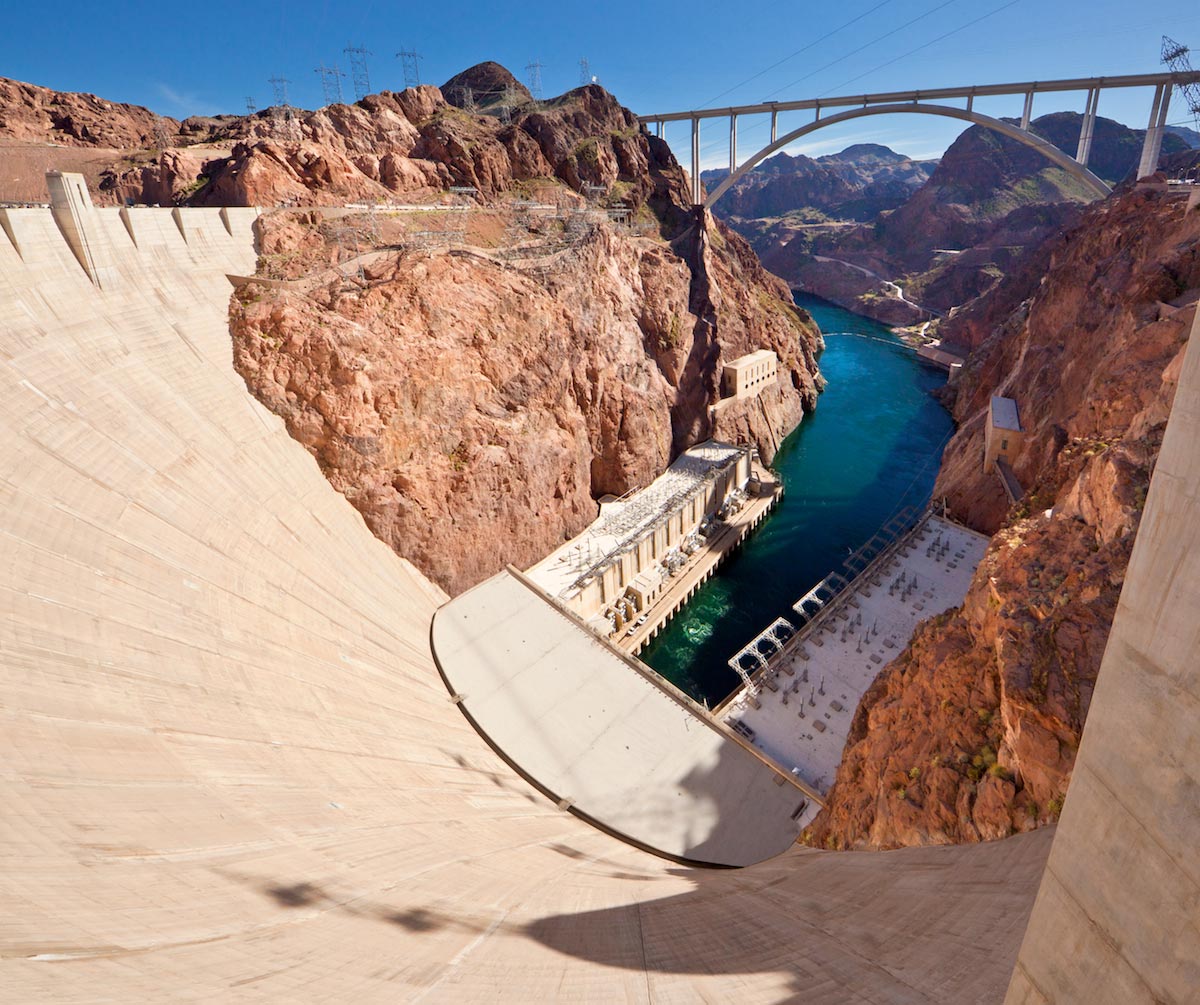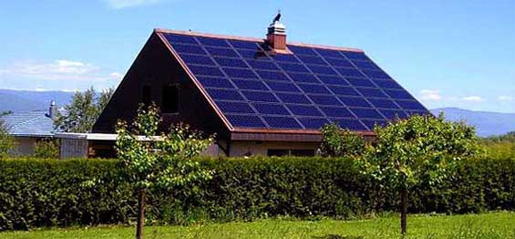Scientists are one step closer to being able to predict the kind of solar flares that can knock out the power grid
03/01/2018 / By David Williams

The sun, which holds steady in the center of the solar system, is fascinating enough in of itself. But it also produces solar flares, which are just as fascinating. However, no matter how mesmerizing they may seem to be, they are known to have negative effects on all sorts of systems and equipment here on Earth.
In an effort to be more prepared for future solar flare events and their potentially damaging consequences, a team of researchers in France have attempted to understand exactly what causes them to occur and why exactly they have the effects that they do. After conducting a new study, they concluded that solar flares are caused by the interaction of distinct magnetic structures, so they directly affect the Earth’s magnetic field, among other things.
Researchers were able develop a model to somehow predict the maximum energy that can be produced from certain regions of the sun where the solar flares occur. With it, they could begin work on forecasting, and possibly provide early warning of upcoming solar eruptions in the future.
According to a report on the study, the researchers noted that there is generally only one major factor that causes solar eruptions. That is, a violent rearrangement of the Sun’s own magnetic field. This process is said to be directly affected by two types of structures that form in the Sun’s magnetic field. The researchers refer to them as ropes and cages.
It is said that the rope is contained within the magnetic cage, and that the strength of the cage determines whether or not it can withstand the rope’s contortions. But when the cage is weak, a massive eruption of plasma – referred to as a coronal mass ejection (CME) – can occur.
In an interview with BBC News, Dr. Tahar Amari, from The National Center for Scientific Research (CNRS) in France and the École Polytechnique, their serendipitous findings could serve as the basis for future work on forecasting solar flare events.
“The important point is that we got information on something we didn’t expect to be playing an important role,” he said. “That was the cage above the rope.”
As the researchers put it, solar flares tend to come up in the Sun’s corona, which is the outermost layer of the Sun’s atmosphere. Its extremely hot surface hinders the ability of scientists to study its magnetic field, however, so they set their sights on the Sun’s photosphere – the actual “surface” – instead, in order to try and reconstruct the events that lead to solar flares in on intense event that developed over a few hours on October 24, 2014.
With data on that particular day’s flare event from the Solar Dynamics Observatory (SDO) spacecraft from the National Aeronautics and Space Administration (NASA), the researchers ran computer simulations to get the results they needed. What they learned was that the rope didn’t have enough energy to break through all the layers of the cage, which meant a CME could not take place. But the rope became highly twisted, and that caused magnetic instability that led to a powerful blast of radiation breaking through.
The researchers used their method here to develop a predictive model that could help in preparing for potentially destructive geomagnetic storms right here on Earth.
Dr. Amari noted the importance of such an effort, saying, “We’re working on using it… you have to face practical issues,” he said. “One practical issue is timescale. If you want to be very fast (in predicting events), you have to accept being less accurate.”
Sources include:
Tagged Under: Collapse, electricity, EMP attack, NASA, power collapse, power grid, Power Outage, solar energy, solar eruption, solar flares, solar system, Space, sun


















